Related Research Articles
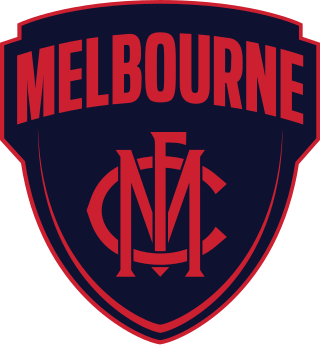
The Melbourne Football Club, nicknamed the Demons, is a professional Australian rules football club that competes in the Australian Football League (AFL), the sport's elite competition. It is based in Melbourne, Victoria, and plays its home games at the Melbourne Cricket Ground (MCG).

Thomas Wentworth Wills was an Australian sportsman who is credited with being Australia's first cricketer of significance and a founder of Australian rules football. Born in the British penal colony of New South Wales to a wealthy family descended from convicts, Wills grew up in the bush on stations owned by his father, the squatter and politician Horatio Wills, in what is now the state of Victoria. As a child, he befriended local Aboriginal people, learning their language and customs. Aged 14, Wills went to England to attend Rugby School, where he became captain of its cricket team and played an early version of rugby football. After Rugby, Wills represented Cambridge University in the annual cricket match against Oxford, and played at first-class level for Kent and the Marylebone Cricket Club. An athletic bowling all-rounder with tactical nous, he was regarded as one of the finest young cricketers in England.
The Champion of the Colony Award is a list that was compiled in the 1940s and 1950s by Australian rules football historian Cecil Clarence Mullen (1895–1983) for Mullen's Australasian Footballers' Almanac in 1950, for Mullen's Footballers' Australian Almanac in 1951, and for the History of Australian Rules Football in 1958.
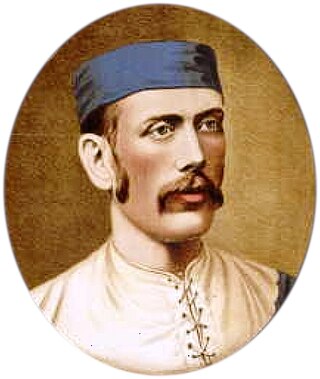
George Coulthard was an Australian cricketer, umpire and Australian rules footballer.
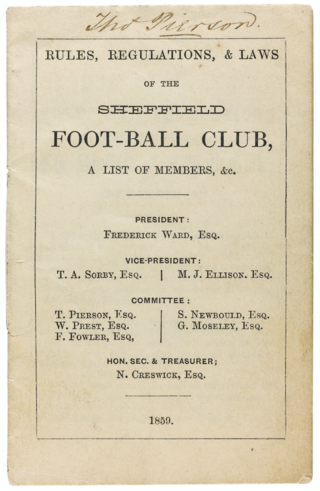
The Sheffield Rules was a code of football devised and played in the English city of Sheffield between 1858 and 1877. The rules were initially created and revised by Sheffield Football Club, with responsibility for the laws passing to the Sheffield Football Association upon that body's creation in 1867. The rules spread beyond the city boundaries to other clubs and associations in the north and midlands of England, making them one of the most popular forms of football during the 1860s and 1870s.

In Queensland, Australian rules football dates back to the colonial era in 1866, with organised competitions being continuous since the 1900s. Today, it is most popular in South East Queensland and the Cairns Region. It is governed by AFL Queensland which coordinates 11 regional club competitions with more than 55,000 registered adult players.

In New South Wales, Australian rules football dates back to the colonial era in 1866, with organised competitions being continuous since the 1880s. Today, it is popular in several regions of the state, including areas near the Victorian and South Australian borders—in the Riverina, Broken Hill, and South Coast. These areas form part of an Australian cultural divide described as the Barassi Line. To the east of the line, it is known as "AFL", named after the elite Australian Football League competition. AFL NSW/ACT is the main development body.

Australian rules football is the most watched and second most participated code of football in Victoria. Australian rules football originated in Melbourne in the late 1850s and grew quickly to dominate the sport, which it continues to. Victoria has more than double the number of players of any other state in Australia accounting for approximately 42% of all Australian players in 2023 and continues to grow strongly. Soccer is the only football code that is more popular than Australian rules in Victoria, though it has made up much ground lost to soccer over previous decades. Today, they have a similar number of players. The sport is governed by AFL Victoria based in Melbourne. The national governing body, the AFL Commission is also based in Melbourne.

Australian rules football began its evolution in Melbourne, Australia about 1858. The origins of Australian football before 1858 are still the subject of much debate, as there were a multitude of football games in Britain, Europe, Ireland and Australia whose rules influenced the early football games played in Melbourne.
The Brisbane Football Club is a defunct football club, formed in May 1866 in the colonial capital of Brisbane. Brisbane FC was the first known football club of any code in the Colony of Queensland. It was the first club outside Victoria to adopt what was then known as the 'Victorian rules' football from 1866. It is also the first recorded club to have played multiple football codes in Queensland, including soccer (1867–1875) and rugby (1876–1879).
Australian rules football was first organised in Victoria in 1859 when its rules were codified by the Melbourne Football Club.
The 1877 Victorian Football Association season was the first in which the Australian rules football competition in Victoria was run under a properly constituted administrative body. The Association was formed with the view to governing the sport via a collective body, made up of delegates representing the clubs. It was the second such body to have been formed, the South Australian Football Association having been formed 17 days prior to the VFA.

The origins of Australian rules football date back to the late 1850s in Melbourne, the capital city of Victoria.
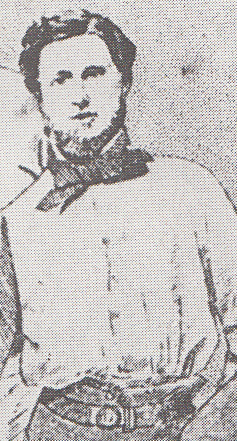
William Josiah Sumner Hammersley was an English-born first-class cricketer and sports journalist in Victoria, Australia, one of the four men credited with setting down the original rules of Australian rules football.

The Cordner–Eggleston Cup is a retrospective award commemorating the historic school football rivalry between Melbourne Grammar School and the Scotch College which has been contested since 1858. Competition between these schools is believed to have been pivotal in the establishment of Australian rules football.
James Bogne "J. B." Thompson was one of the creators of the original laws of Australian rules football, one of the founders and the inaugural secretary of the Melbourne Football Club, a cricketer for Victoria and the Melbourne Cricket Club (MCC), and a journalist for Melbourne newspaper, The Argus.

Thomas Ferrier Hamilton was an Australian politician, pastoralist, and sportsman. A grandson of the 2nd Viscount Gort, he was born in Linlithgowshire, Scotland, but emigrated to Australia in 1839. Hamilton and his cousin, John Carre Riddell, owned a pastoral lease near Gisborne, Victoria. A local magistrate and justice of the peace, he was elected to the Victorian Legislative Council in 1872, sitting as a member for the Southern Province until 1884. He also sat on the Gisborne Road Board, including as chairman for a time. A member of the Melbourne Cricket Club, Hamilton was a keen cricketer, and played several matches for Victorian representative teams, including the inaugural first-class match in Australia.
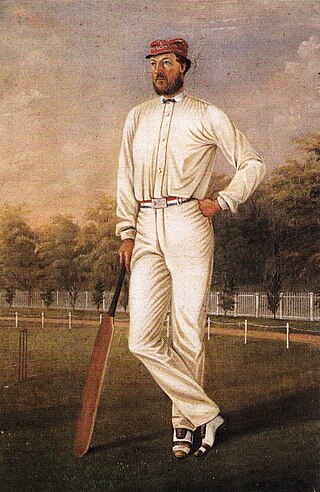
In 1870, Irish Australian artist William Handcock completed a portrait of Tom Wills, Australia's pre-eminent cricketer of the mid-19th century and one of the key founders of Australian rules football. It is unknown who commissioned the work or where it was kept after completion, but in 1923 it was acquired by the Melbourne Cricket Club through its then-secretary, Test cricket great Hugh Trumble.

George Jeremiah Patrick O'Mullane was an Australian cricketer and Australian rules footballer. Born and raised in Melbourne, Victoria, O'Mullane was a standout cricketer from an early age, and came to be regarded as his colony's premier wicket-keeper. During the winter months, he excelled as a footballer in the nascent Australian game, receiving praise for his courage and strength.
The South Yarra Football Club was a 19th-century football club based in the Melbourne suburb of South Yarra which was seminal in the formative years of the sport of Australian rules football.
References
- ↑ pg 36. Melbourne FC, Since 1858 - An Illustrated History. Geoff Slattery Publishing 2008
- 1 2 "ATHLETIC SPORTS". The Australasian . Vol. XX, no. 517. Victoria, Australia. 26 February 1876. p. 13. Retrieved 31 December 2017– via National Library of Australia.
- ↑ "CRICKET". The Argus (Melbourne) . No. 4, 621. Victoria, Australia. 25 March 1861. p. 5. Retrieved 3 December 2021– via National Library of Australia.
- ↑ Gillian Hibbins
- ↑ "No title". The Herald . Vol. LXXVI, no. 6059. Victoria, Australia. 22 May 1865. p. 2. Retrieved 3 December 2021– via National Library of Australia.